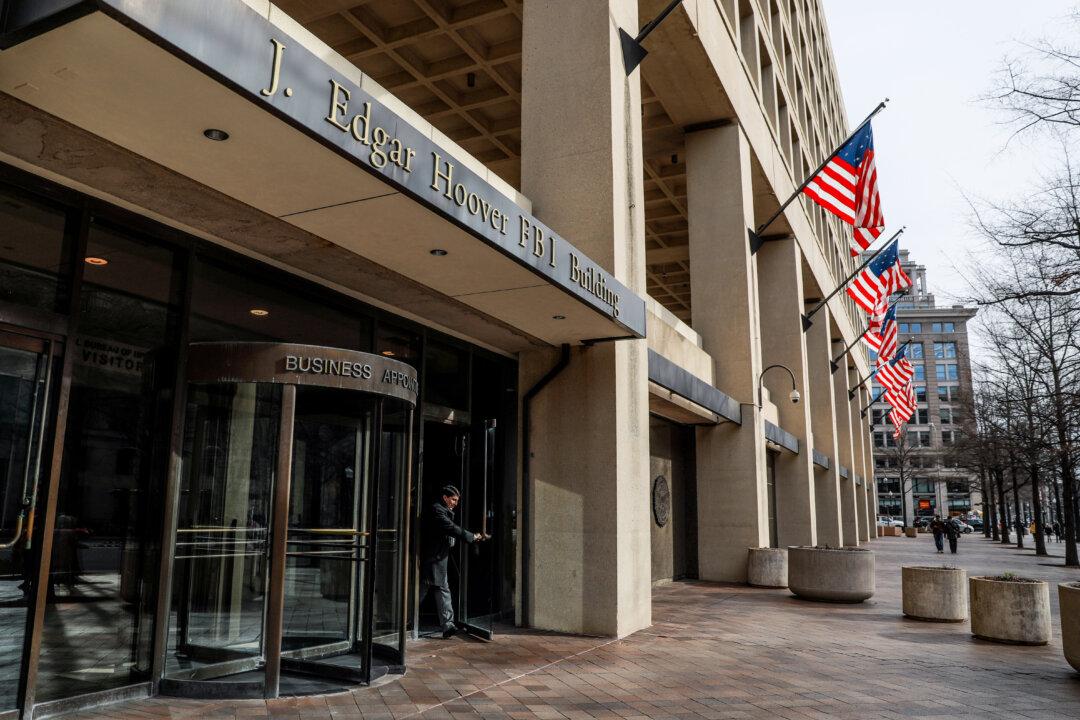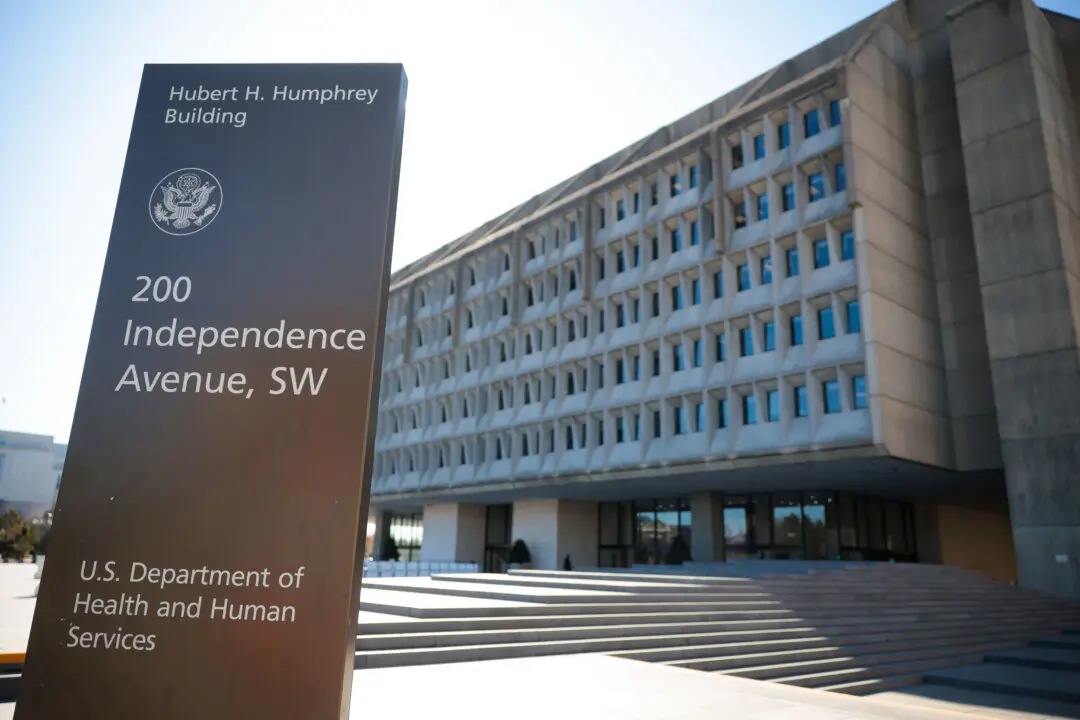News Analysis
FBI agents, just weeks before the 2016 election, opened an investigation into allegations of a secret communication channel between Donald Trump and Russia. The bureau closed the probe after several months but did not make public that it had dismissed the claims, which came from Hillary Clinton’s campaign and a group of researchers.





